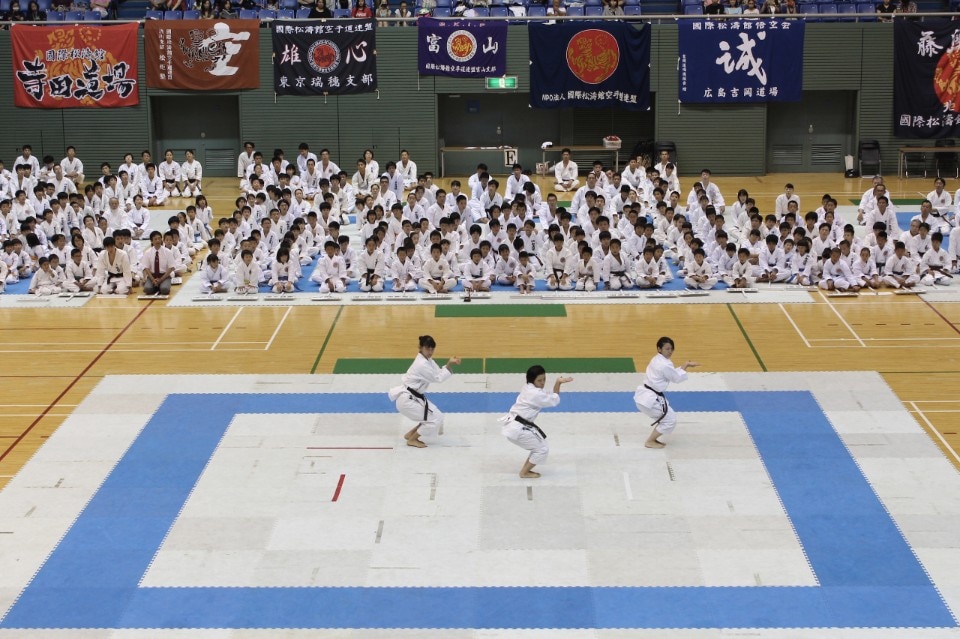The one-year-postponement of the 2020 Tokyo Olympics and Paralympics will certainly scar the history of the Games. Normally, no government institution would have accepted to take such a radical decision, but in the end, the International Olympic Committee (IOC) and the Japanese government had to agree to postpone the Games to July 2021.
In January, all international media were already talking about the athletes’ rooms in the Olympic Village, with all those cushions and duvets decorated with the Tokyo 2020 logo. In 2016, the Rio Olympics had been harshly criticized for not having used any sustainable designs or materials: the beds made from high resistance cardboard were Tokyo’s response to this criticism. Once again, the Japanese organizational model has proved its efficiency by developing the entire operational structure with perfect timing.
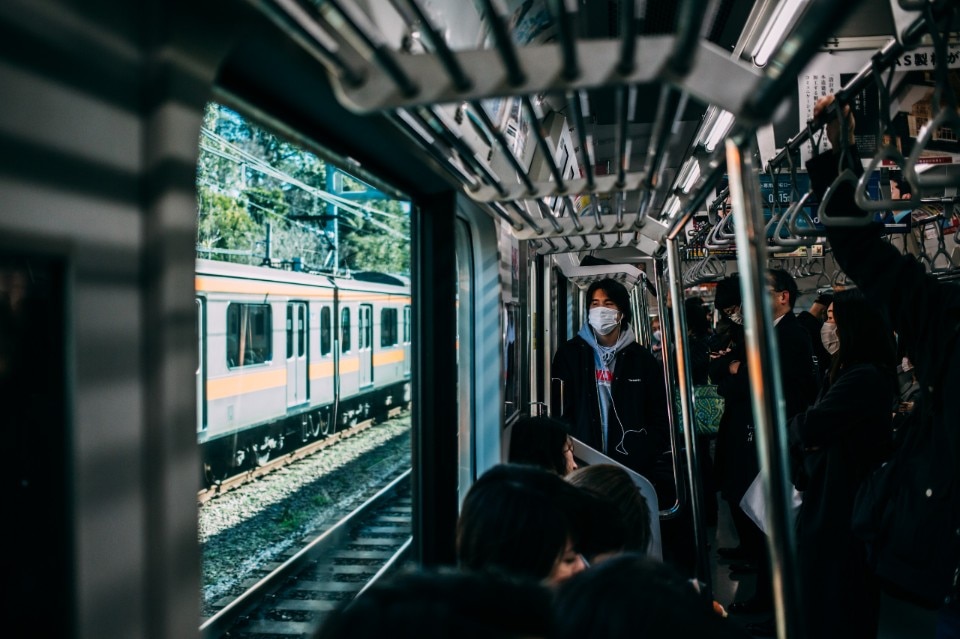
When the coronavirus cases started to significantly rise, Prime Minister Shinzo Abe and IOC’s president Thomas Bach took into consideration several options. The most accredited one was to postpone the Games for a couple of months and limiting the access to the events, but in the end, they were forced to postpone them for a whole year. The press release reads: “The leaders agreed that the Olympic Games in Tokyo could stand as a beacon of hope to the world during these troubled times and that the Olympic flame could become the light at the end of the tunnel in which the world finds itself at present... It was also agreed that the Games will keep the name Olympic and Paralympic Games Tokyo 2020”.
The guidelines for the new Tokyo 2020 Olympic have been recently made official, and can be summarized in three key points:
They will generally follow the plan that had already been defined in the “Games Delivery Plan” for 2020, in particular when it comes to the sports facilities and the competition schedule that had already been decided in cooperation with the stakeholders;
The Olympic and Paralympic Committee, together with the Japanese government and the stakeholders, will find the most cost-effective solution for the postponement of the Games;
The preventive measures taken against Covid-19 will be incorporated into the 2021 Game Delivery Plan.
The “Here we go” task force is already working on the finalization of the operative plan.
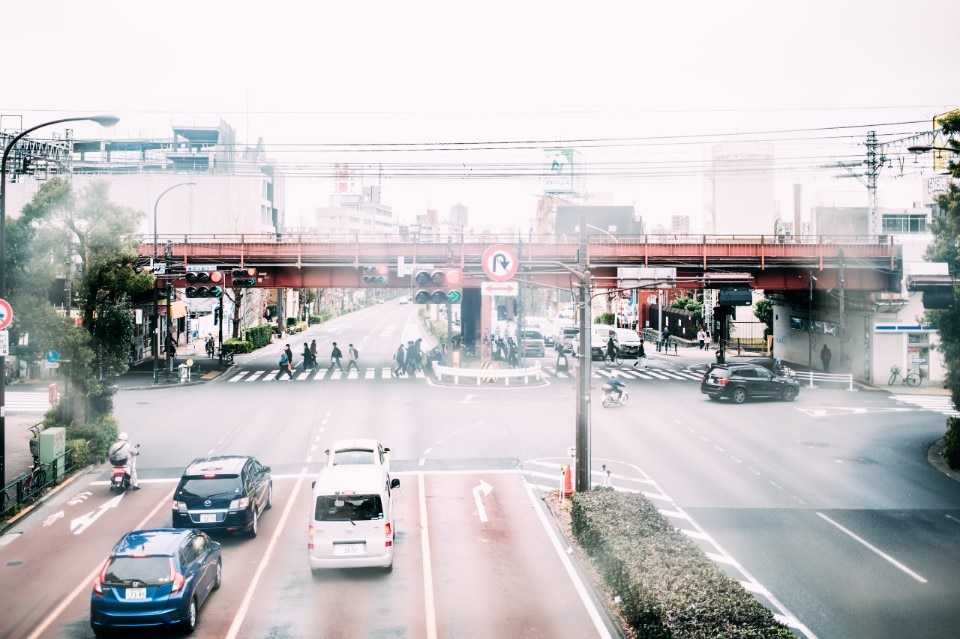
Few cities other than Tokyo had the opportunity to host the Olympics twice (Athens, Paris, Los Angeles, and London, which hosted the Games three times). The 1940 edition was canceled due to the war, so Tokyo had to wait until 1964.
The 1964 Olympics went down in the history of the Games for the number of world records broken in athletics, for example that of Bob Hayes, who won the 100 meters in only 10.5 seconds. But that event was also the symbol of the rebirth of a nation struck by the Second World War. It was a great icon of visibility. The city and its architecture became the image of this miracle. The innovative beauty of Kenzo Tange’s Yoyogi Stadium represented the image of the new economic and cultural vitality of a nation that had risen from its ashes and projected itself on the global scene towards a visionary future.
For the 2020 Olympics, the competitions were divided into 42 venues, many of which were designed by Japanese architects. This was an unusual decision since the Olympics architects usually come from all over the world. It is worth noticing that 25 venues are the result of the renovations of many structures that were already in use in 1964.
Once again, the Japanese organizational model has proved its efficiency by developing the entire operational structure with perfect timing
While the “first round” modernized the urban layout of the capital by giving it a new identity, the “second round” is inspired by those very same values, but at the same time, it represents the palingenetic evolution of the new millennium.
As it often happens, the importance of the event not only brought about many functional interventions in the buildings hosting the Games, but it also determined the transformation of some key areas of Tokyo with long-term masterplans that innovated the pre-existing urban layout. This is the case of the vertical densification of Shibuya, which started with the construction of the Hikarie and continued with the Shibuya Stream and the Shibuya Scramble Square, whose transformation will end in 2027 with the construction of other towers housing offices and apartments. Shibuya, already a design centre and one of the major commercial and business centres, will also establish itself as a technological hub.
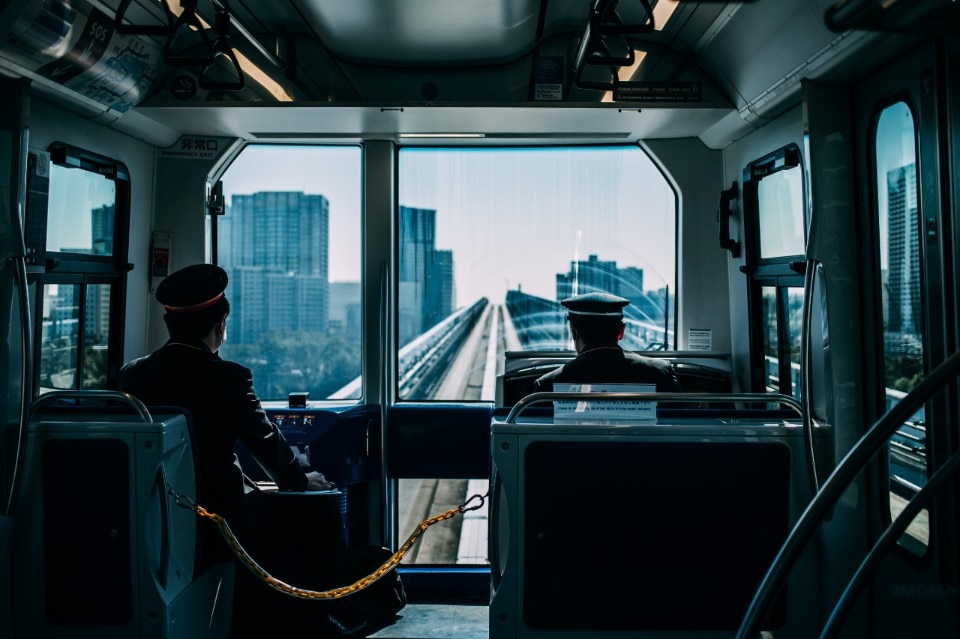
In the exhibition “Made in Tokyo: Architecture and Living 1964/2020”, which traces the history of the Olympics from 1964 to 2020, the Atelier Bow-Wow studio has outlined the approach for these second Olympics, where huge financial incentives have favored a massive development plan led by big holding companies, in contrast to what happened in 1964, when the birth of new business models was promoted to give more space to the creativity of the generation of architects that had studied during the reconstruction period.
In memory of the recent Tōhoku tragedy, when a powerful earthquake and tsunami and subsequent nuclear disaster ruined the life and homes of ten thousand people, the Olympics were nicknamed “Recovery Olympics”.
The initial cost estimate for the reorganization of the Games varies from 5.4 to 5.6 billion euros (according to Il Sole 24 Ore) and it is still not clear how much the government and the IOC will pay. The cost includes the maintenance of the buildings, especially the Olympic village, the process of securing the buildings, the renegotiation of contracts with hotels, transport and security, and other related services.
For the 25 existing multifunctional facilities, the plan expects a commitment that goes way beyond the traditional Olympic calendar. Tokyo Big Sight, the main press and media centre for Olympic information, will have to cancel the events already planned for 2021, with consequent penalties for the contractors. The events planned by the Makuhari Messe convention center in Chiba Prefecture will suffer the same destiny. The multi-competition building was fully booked from April 21st onward, but it had to cancel 373 events, including the Summer Sonic festival, which should have been canceled anyway because of Covid-19.
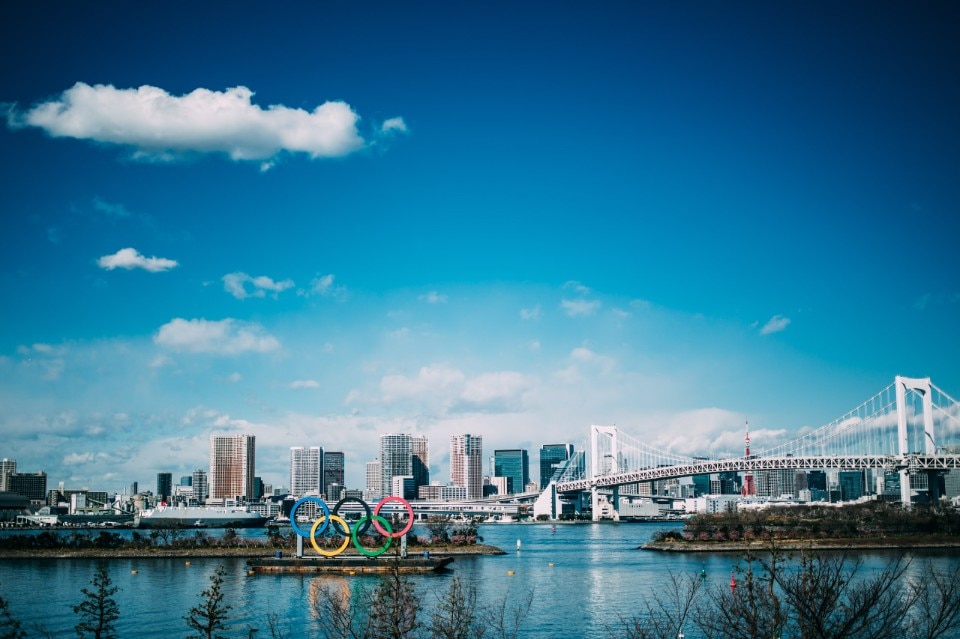
The Nippon Budokan, which is a famous centre for martial arts, an indoor arena that hosted many iconic concerts (like the Beatles) and Tokyo’s landmark, will face fewer problems as there are not many judo and karate events scheduled for 2021. However, it will not be able to host elementary, middle, and high school competitions during the school year – which was a tradition.
While existing structures that are already fully operational are facing many problems in the organizational and bureaucratic management of the scheduled events, the recently constructed buildings facing this fifteen-month time gap are a source of uncertainty.
The 23 towers of the Olympic Village were completed in April, and are ready to potentially host 11,000 Olympic athletes and 4,400 Paralympic athletes.
At the end of the Games they will be transformed into luxury apartments with panoramic views over the bay, not far from the historic and exclusive district of Ginza. They will have dedicated services, schools, parks and will be independent and eco-sustainable thanks to an energy system that uses hydrogen as its main power source.
Researcher for Tokyo Kantei Co. Takeshi Ide emphasizes that the value of the properties is destined to rise because of the iconic image that characterized their history. The first lot of apartments available for sale are already sold out. The new owners would move in in March 2023, right after the renovation of the interiors – if the original schedule was respected.
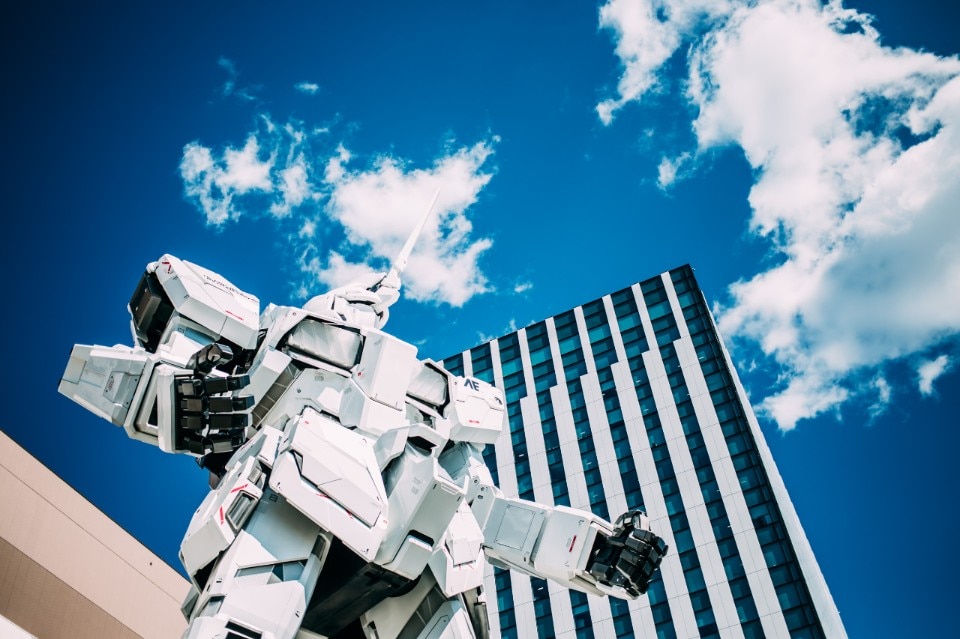
Today, however, the village is empty, and it’s not clear what will happen before July 23, 2021.
Some associations are suggesting a transitional use of the village. For example, the Moyai Support Center for Independent Living, a non-profit organization aiming at helping the most disadvantaged inhabitants of Tokyo, would like to use the village to help the people affected by Covid-19 and those who do not have adequate housing and living conditions.
In an overpopulated metropolis, the availability of new urban spaces is a vital factor, especially for the people who were the most affected by the emergency. In Tokyo, there were about 1,000 homeless and about 4,000 people living in internet cafés (paying a small daily fee they can enjoy a private micro-housing with access to the shower) before 500 businesses were closed due to the pandemic. These numbers are bound to increase due to the impact of the new wave of unemployment caused by the spread of the coronavirus. Despite many government-issued funds for coronavirus relief, many people are now living below the poverty line (which in Japan is 10,300 euro/year).
Over the last decades, Tokyo has metabolized the concept of social distancing by coexisting with the continuous challenge between space-mass and individual, which has now become even more relevant and complicated
The growing disintegration of the family network that guaranteed economic support, the uncertainty of work, and the cultural heritage that, due to the innate sense of dignity, often dissuades the individual from using public support or assistance, will make the situation even more critical.
The government and the IOC described these Olympics as a flame of hope for humanity because this could become an opportunity to try to make room for more inclusive social policy interventions. It would create an opportunity to rethink urban functions to deal with the issue of critical housing situations in a context of metropolitan hyperdensity.
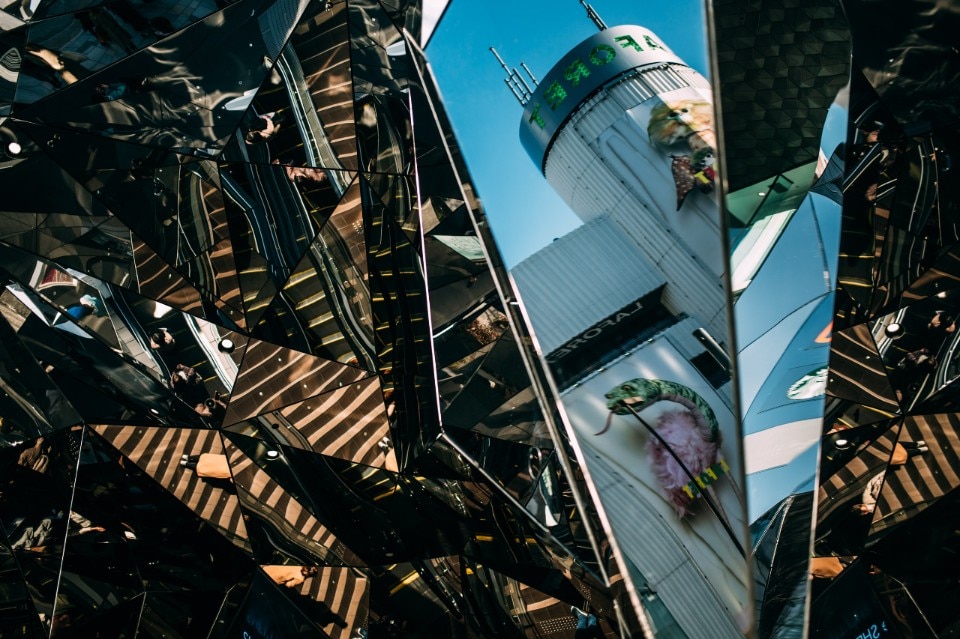
There are many examples of similar structures already in operation in the world.
The transitional temporary use of certain unoccupied buildings and urban spaces is quite widespread in Paris (Les Grands Voisins, La caserne de Reuilly and Les Petites Serres where some buildings awaiting final use are temporarily housing local craftsmen and social services). In Brussels, before the renovation, the WTC III building was used as a support for the section of the immigration office that deals with asylum applications. In Montreal, the Darling Foundry and the Village au Pied-du-Courant became temporary public spaces. These projects have involved government agencies, associations, and stakeholders, promoting the integration of new urban actors, knowledge, and skills in temporary and multifunctional projects that aim to revitalize the socio-economic fabric of the city by sharing its identity.
Over the last decades, Tokyo has metabolized the concept of social distancing by coexisting with the continuous challenge between space-mass and individual, which has now become even more relevant and complicated. In the world of Covid-19, many economic activities are precluded but new ways of working and living are spreading and integrating thanks to both technological supports and the creativity of individuals. And as the Israeli theorist Yuval Noah Harari explained in a recent article published in the Financial Times, “many short-term emergency measures will become a fixture of life”. The lesson that architecture can learn from Tokyo is precisely this new decision-making model, whose effectiveness depends on flexibility and on the time variable.
Opening image: Alice Covatta


